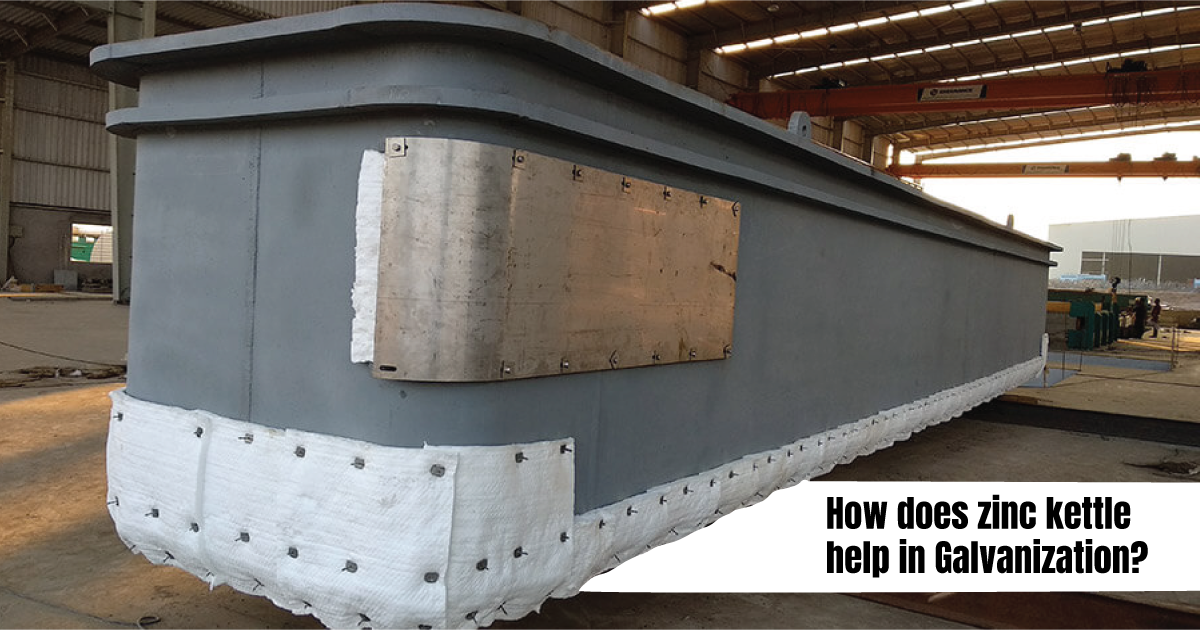
Many of you may not be aware of the process of galvanization, yet we all come across a wide range of galvanized products, including power transmission towers, telecom towers, high-rise electricity poles, metallic flyovers, solar panels, sports goods, etc.
Over the years, galvanization has witnessed sweeping changes, driven by continued innovation in galvanization engineering and zinc galvanizing plant. The zinc kettle is an integral part of the galvanization process. How does a zinc kettle help in galvanization?
Before taking a deep dive into the subject, it makes sense to learn about the vital engineering vessel.
Understanding Zinc Galvanizing Plant
It is a specially designed structure fabricated from premium quality steel material having low carbon and silicon contents. The structure is engineered to immerse steel or iron-made items into the molten zinc, leading to the formation of a thin zinc coating. Since the kettle is used for galvanization, it is known as a zinc galvanizing plant.
Zinc kettle manufacturers are engineering a wide range of zinc kettles. Depending on your industrial requirement, you can choose the shape and size of the kettle.
Shelf life of a zinc kettle:
The zinc kettle is exposed to treacherous and challenging conditions. Shelf life varies from company to company. Generally, it has a shelf life of 10 years.
Benefits of galvanization:
The zinc coating developed as a result of galvanization in zinc kettles brings along with it plenty of benefits. These include:
- Lower cost than stainless
- Requires less maintenance
- The lowest long-term cost
- Increased durability
- Long life expectancy
- Reliable and trustworthy
- Coating life and performance are reliable
- Outstanding resistance to mechanical damage
- Protection of even small areas of steel exposed to harsh weather
- Far better than the traditional method of painting
Due to the paucity of space, we can’t share many other key details about the product. For more details, you can connect with a leading zinc kettle manufacturer.

